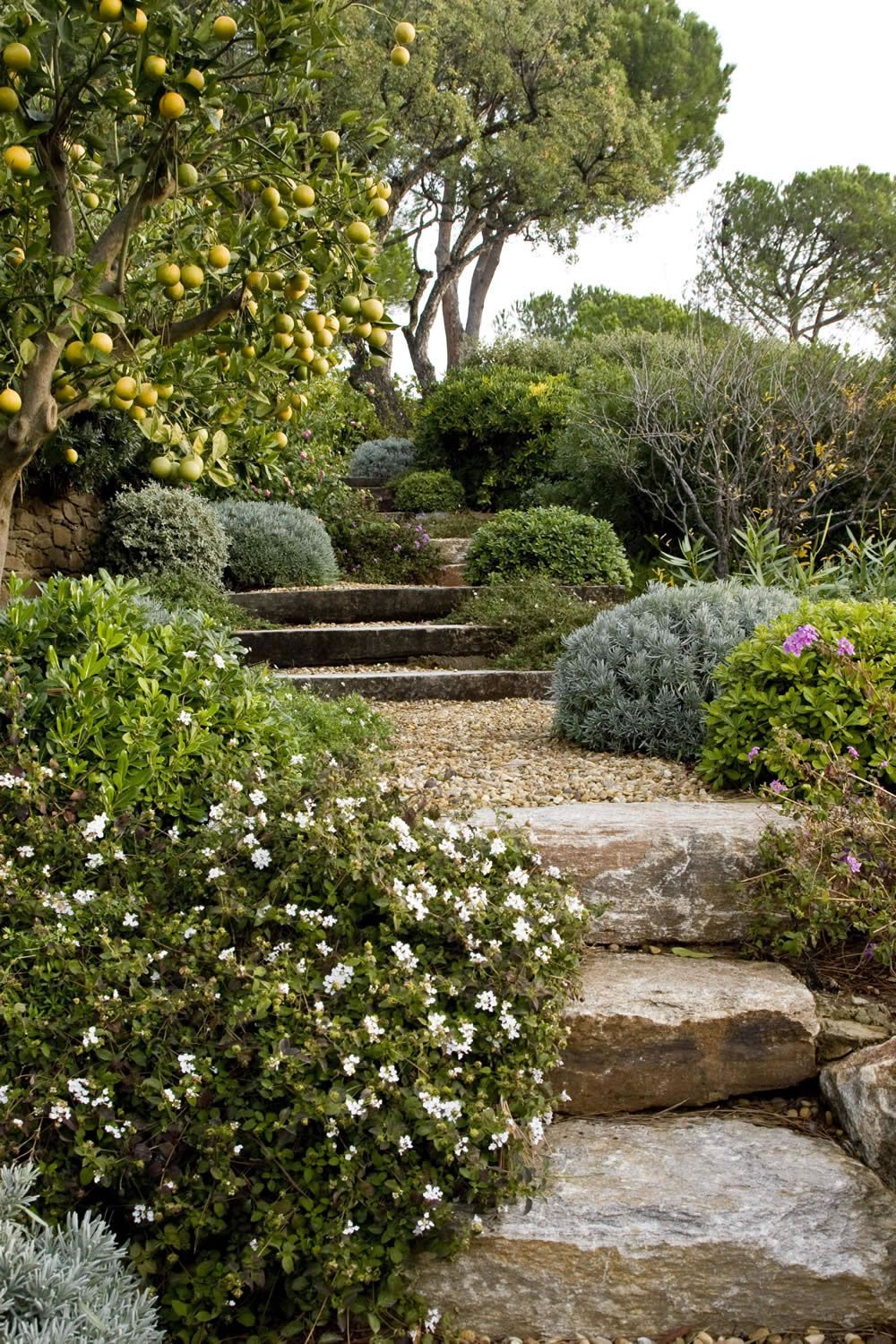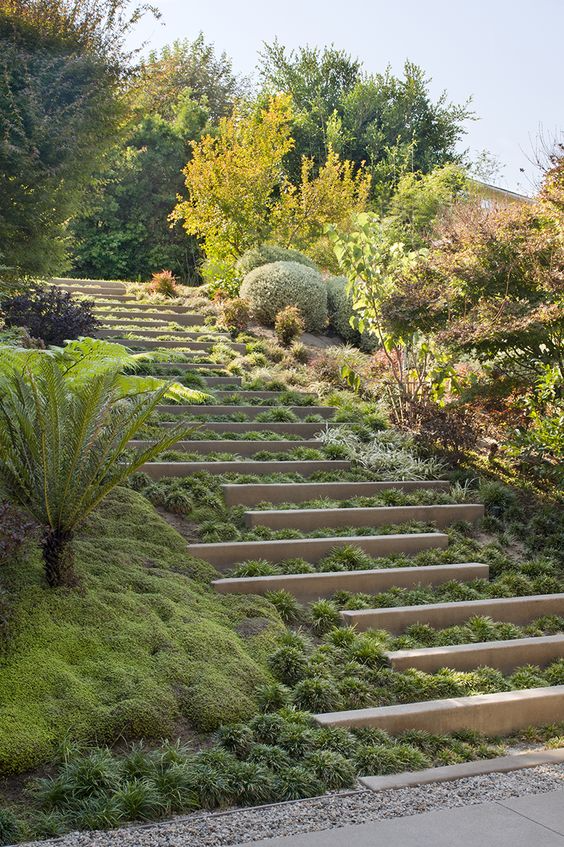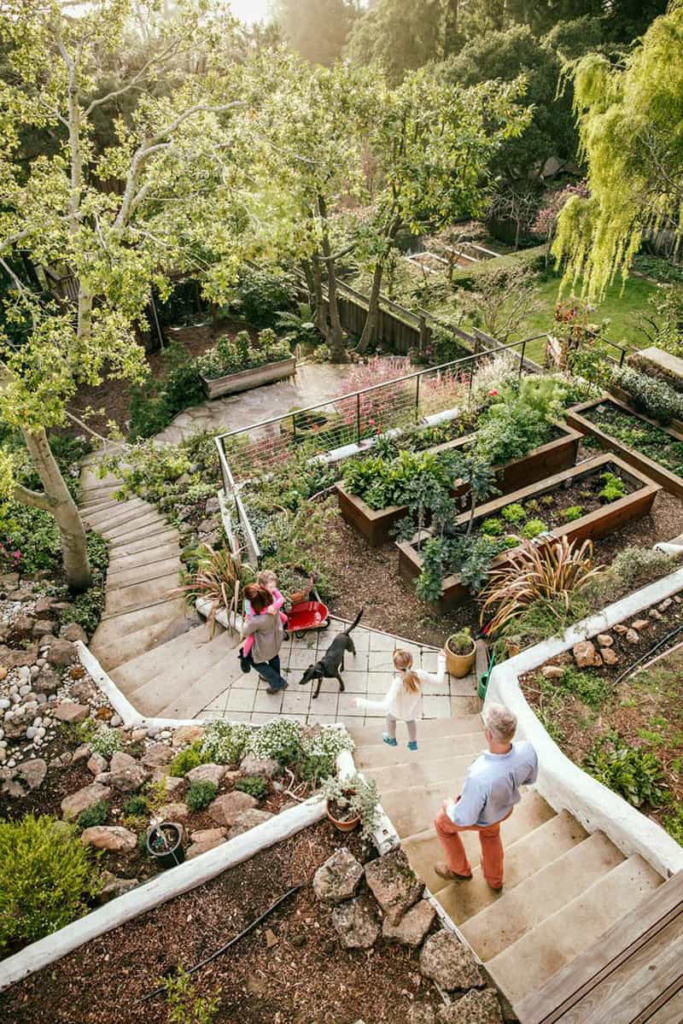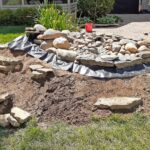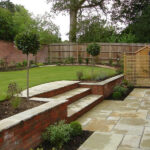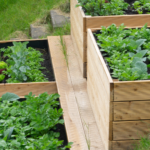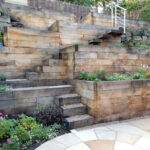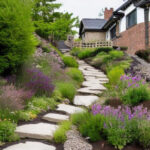Gardening on a slope presents a unique set of challenges and opportunities for gardeners. A sloped garden can add visual interest to a landscape, but it can also make planting and maintenance more difficult. With careful planning and design, however, a sloped garden can be transformed into a beautiful and functional outdoor space.
One of the key considerations when designing a garden on a slope is erosion control. The angle of the slope can cause water to run off more quickly, which can lead to soil erosion. Planting ground cover or adding retaining walls can help slow down water runoff and prevent erosion. Terracing the slope can also help to create flat areas for planting and reduce the risk of soil erosion.
Another important factor in designing a garden on a slope is selecting the right plants. Plants that have shallow root systems or can tolerate dry conditions are best suited for slopes. Creeping plants such as creeping thyme or sedums can help to stabilize the soil and add visual interest to the slope. Trees and shrubs with deep root systems can also help to anchor the soil and prevent erosion.
To make the most of a sloped garden, consider creating different levels or planting areas. This can help to break up the slope and create visual interest. Adding steps, pathways, or retaining walls can help to define different areas of the garden and make it easier to access and maintain. Incorporating plants of varying heights and textures can also help to create a sense of depth and dimension in the garden.
When designing a garden on a slope, it is important to consider the overall aesthetic of the space. Consider the views from different vantage points and how the garden will blend with the surrounding landscape. Incorporating features such as water features, seating areas, or focal points can help to create a cohesive and inviting outdoor space. Using materials such as stone, gravel, or wood can help to enhance the natural beauty of the slope and create a harmonious design.
In conclusion, designing a garden on a slope requires careful planning and consideration of the unique challenges and opportunities that sloped terrain presents. By addressing erosion control, selecting the right plants, creating different levels or planting areas, and integrating cohesive design elements, a sloped garden can be transformed into a beautiful and functional outdoor space. With creativity and vision, a sloped garden can become a stunning focal point in any landscape.
